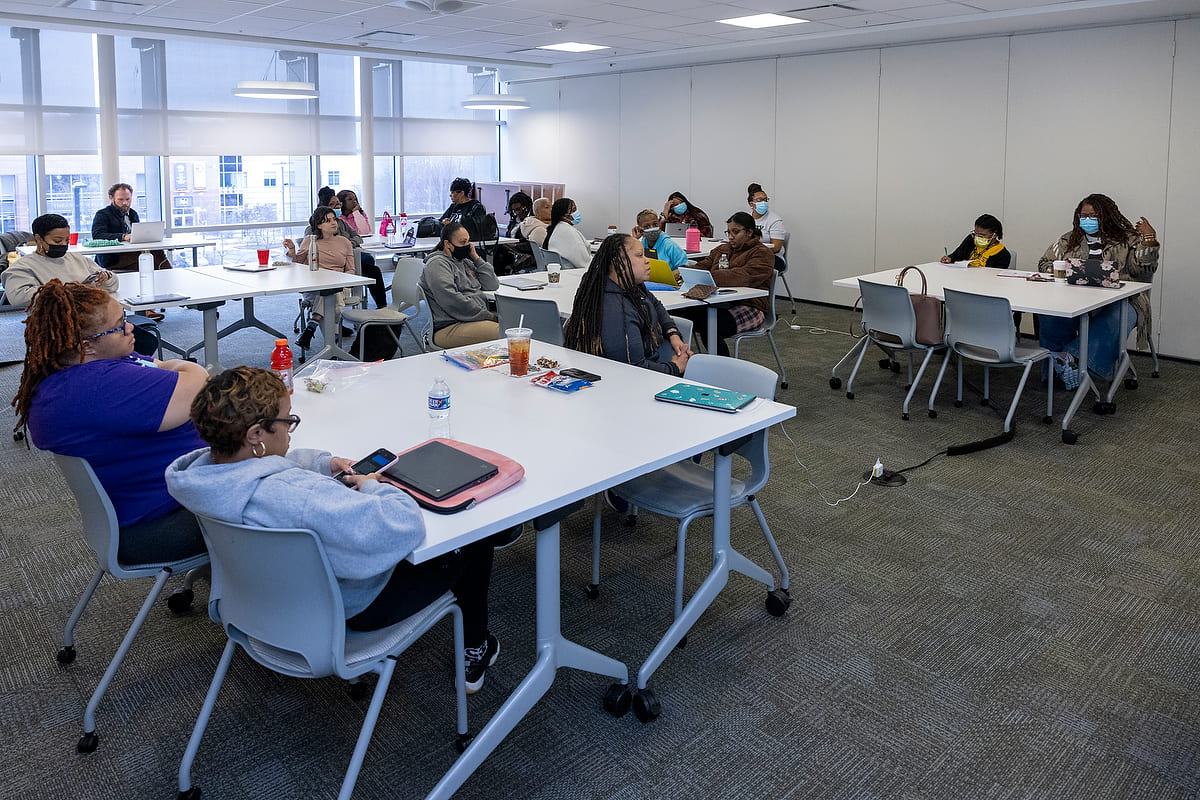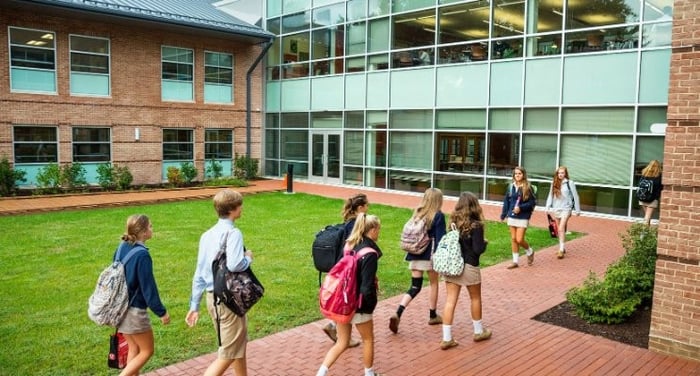Building Distributive Leadership in Special Education – Case Study
Leader Support • 5 min read • Jun 20, 2023 7:30:07 PM • Written by: Sarah Sandelius

Introduction
It’s a familiar story for a K-12 school district: special education is owned by a single special education administrator. One such district, our partner Central School District (pseudonym), had this model and faced several programming and oversight challenges over the years. We’ve been engaged with Central in a multi-year strategy to strengthen special education across the District’s 9 schools. A recent session with school building leaders yielded a series of powerful “a-ha” moments that shifted mindsets and launched their momentum for improvement – momentum that we believe will result in lasting sustainable change. The experience at Central provides valuable insights for other district leaders grappling with similar challenges around how to start and sustain improvements in their special education systems.

The Challenge
We started working with Central by conducting a needs assessment to understand their biggest strengths and opportunities for improvement. Our insights? While Central’s staff had significant experience and dedication to their schools and students, Central’s special education oversight had a fragmented structure that hindered the ability to implement consistent practices across schools. The Director of Special Education managed all compliance and escalations, while individual special education case managers were responsible for service recommendations and delivery. This siloing of workstreams led to obstacles, such as excessive workloads, isolated efforts to design tailored programming, inconsistent services across schools, and communication breakdowns with school leaders. Central was doing the best it could in spite of an imperfect system. Ultimately, these issues compromised the quality of support provided to students with disabilities and left team members feeling increasingly frustrated and burned out.
A Solution
The Ability Challenge’s mission is to develop authentically inclusive school communities and teams that work together to meet the unique needs of all learners. Understanding that systemic change requires a sustained approach, we worked with Central to get clear on their vision, what they wanted for students, and what systems and practices they required to get there. After collecting data about their unique needs, we designed a plan designed to distribute more oversight of special education to building leaders while strengthening the District’s support to ensure consistency across settings.

A pivotal moment occurred during a Professional Learning Community (PLC) session involving building principals focused on deepening knowledge of the fundamental principles of special education and the significance of systems that support inclusive education. Two particular “a-ha” moments stood out:
- Understanding the Importance of Instructional Support in Core Content Classrooms
Two trends were clear when examining how students received special education services. On the one hand, a large majority of students received Special Education support outside of the general education classroom, while on the other hand, some students (frequently perceived as having more intensive needs) were assigned 1:1 paraprofessionals. We knew it was important to illuminate the impact of program decisions like this for Principals so we walked through a case study of a student whose Individualized Educational Program (IEP) contained both out-of-class instructional time (pull-out) and a full-time para for behavior support.
During the analysis, we asked a principal to explain how the student was supported in their core content classes. The principal balked, “From the para?” Within seconds, his face changed, realizing that despite being in the general education setting for the majority of the day, the student did not have any accommodations or instructional support to help them in that setting. Upon more inquiry, the principal also called out how problematic it was that the student was assigned the highest level of 1:1 para support for behavior when their disability only impacted reading and language.
- Optimizing Scheduling and Staffing
Another trend impacted teacher scheduling and meeting student service minutes. Case managers built their service delivery schedules in isolation which led to inefficiencies, more services being delivered outside the classroom, and challenges trying to meet each student’s IEP minutes. Again, we recognized how important it was for Principals to unpack this challenge together.
Rather than presenting the systemic issue upfront to Principals, we had them engage in an activity to identify which staffing model best met the programming needs of their students. Leaders quickly got to the heart of the issue. Because schoolwide schedules were built without considering IEP requirements (and student needs), case managers had to retrofit their schedules after the fact. Principals realized that addressing scheduling at a systems level and working through special education programming first, could alleviate other issues such as space and capacity across the school building. Further, prioritizing how special education services were programmed gave Principals more flexibility to push case manager support into the general education classroom, thereby benefitting more students and maximizing the impact of those services.

The Impact
The PLC, and it’s “a-ha” moments, left Principals feeling empowered to lean in to Central’s improvement efforts. Working with Central to build more distributed leadership for special education, including skill development for Principals, we showed how an expanded team supporting schools can improve oversight and, in turn, strengthen the quality of instruction for students with disabilities (and really, for all students).
While there is still work to be done, these sessions marked an important milestone in the journey toward systemic change. With a more solid foundation of understanding around how leaders can strengthen support in core content areas and maximize staffing on behalf of student needs, each leader is able to plan for special education in a more meaningful and strategic way. These sessions also helped the district staff and school leaders think of themselves as an expanded student support team, reducing the overreliance on a single district leader and empowering school leaders to create effective school systems.
Our partners, like Central, know ABC will help them stay focused on the ultimate goal – quality inclusive instruction and services for all students, including those with the most diverse learning needs.
Ready to Make an Impact For Your Most Diverse Learners?
Sarah Sandelius
Our Latest
Related Articles

June 9, 2023 | Impact
2022 – A Year of Impact
Reflecting on a remarkable year - Explore The Ability Challenge's 2022 Impact Report

March 5, 2019 | Data
What Do Washington, D.C., School Data Tell Us About Special Education?
The Ability Challenge offers data-driven, tailored snapshots and multi-year dashboards for Washingto...

November 5, 2018 | Article
My 2018 Resolution? Get Started.
Develop a plan for working with schools in achieving systems excellence for special education with t...
